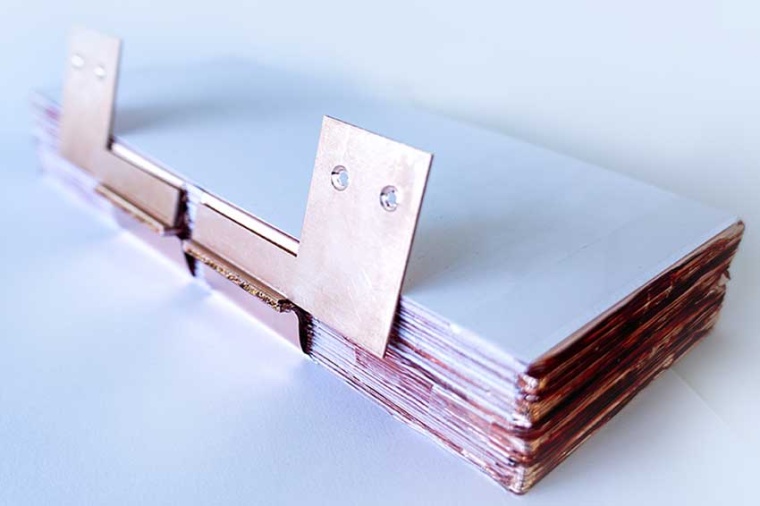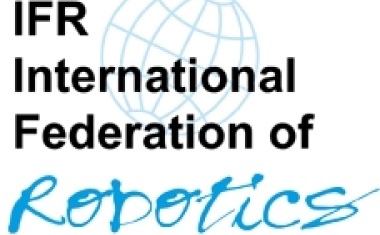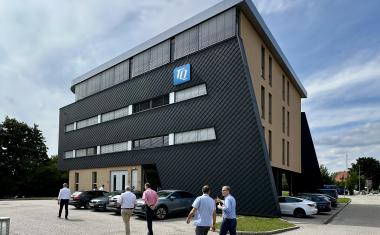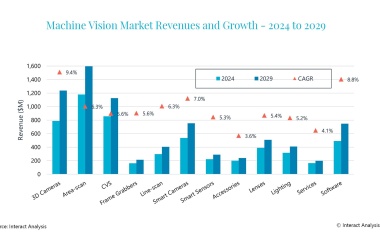Cost-efficient, wear-free and flexible
Manz develops a new laser welding process for use in lithium-ion battery cell production
In its energy storage segment, Manz is presenting a new laser process for the production of battery cells that optimizes the welding process for cell arresters, known as tabs. It is called laser tab welding. The new technology reduces the scope of the necessary processes by at least one process step and thus significantly reduces the overall costs per battery cell.

The welding of the cell arresters in the production of lithium-ion battery cells with ultrasonic, the tab welding, is associated with a high mechanical load. Among other things, conventional ultrasonic welding requires pre-welding. This process step becomes unnecessary with the new, innovative laser technology. This reduces the complexity of production and increases the quality and safety of the battery cell as well as the process stability due to the reduced number of process steps. Research is currently being carried out into further process step reductions.
The new laser tab welding process is the alternative to the ultrasonic technology that has been used up to now, the ultrasonic tab welding, and represents a fully-fledged replacement. The new technology can also be integrated into existing production solutions.
For customers, the new process means a significant increase in quality and efficiency in production and thus significant competitive advantages, especially in mass production. Initially, the acquisition costs for laser technology are higher than for the tried and tested ultrasonic method. As a result, however, the operating costs are steadily falling, since the new process is almost maintenance-free, achieves a significantly higher throughput per minute and overall better system availability is guaranteed through fewer failures. Fewer machines or modules mean that less space is required and thus smaller factories - this also lowers operating and production costs.
Production optimization through laser know-how
Overall, the advantages of laser tab welding result in significantly reduced total cost of ownership and thus the prerequisite for profitable production. If you compare the new process with ultrasonic welding that has been common up to now, the investment is worthwhile after less than a year.
With the help of the new laser technology, important parameters in the production of lithium-ion battery cells are improved: More power due to higher energy density and more safety of the battery modules due to optimized cell protection than with previous cells. When welding, metal foils and tabs fuse together completely and thus form a very strong, crack-free connection. The compact weld seam can fix up to 160 layers, with increased welding quality. It has an extremely low electrical resistance and is up to three to five times stronger than an ultrasonic weld. This simple and safe process is scalable to up to 200 tabs in one collector.
In addition, laser welding results in less abrasion due to contactless processing, which means reduced mechanical stress on the electrodes. The laser source itself has a very high mechanical strength and is therefore hardly prone to errors. The new laser tool is wear-free, does not require readjustment and only needs to be replaced approximately every fifteen years. With laser tab welding, Manz is supporting customers with an innovative technology for the production process of lithium-ion battery cells, thereby helping them to position themselves successfully in the automotive industry. (Source: Manz)











